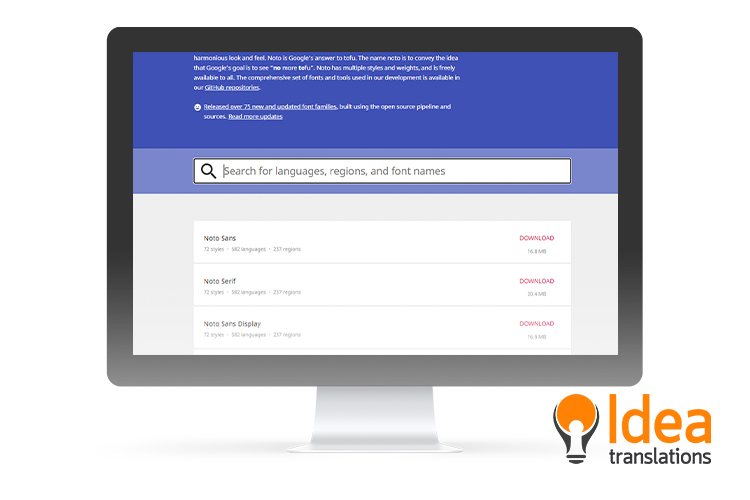For companies and organizations with branches in several countries —or those seeking regional or global expansion— a multi-language website is vital to boost sales opportunities and foster engagement with people who are interested in our products or services.
- 8719 Evangel Drive, Springfield, Virginia 22153, US
- info@ideatranslations.com
- +1 (877)-409-8460







